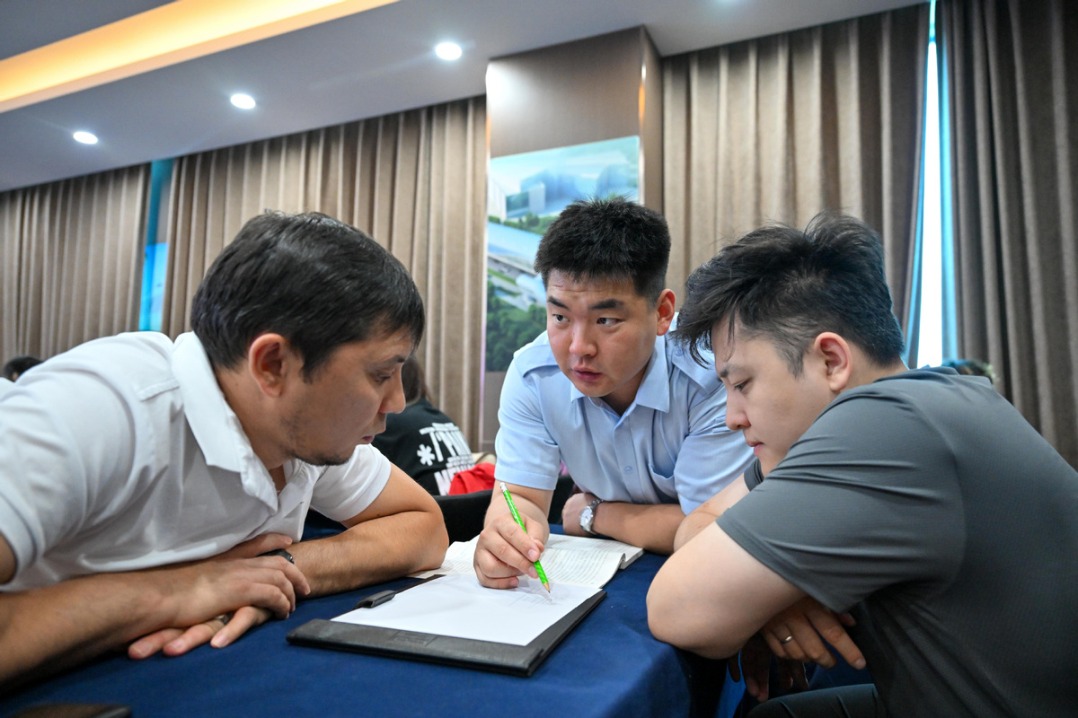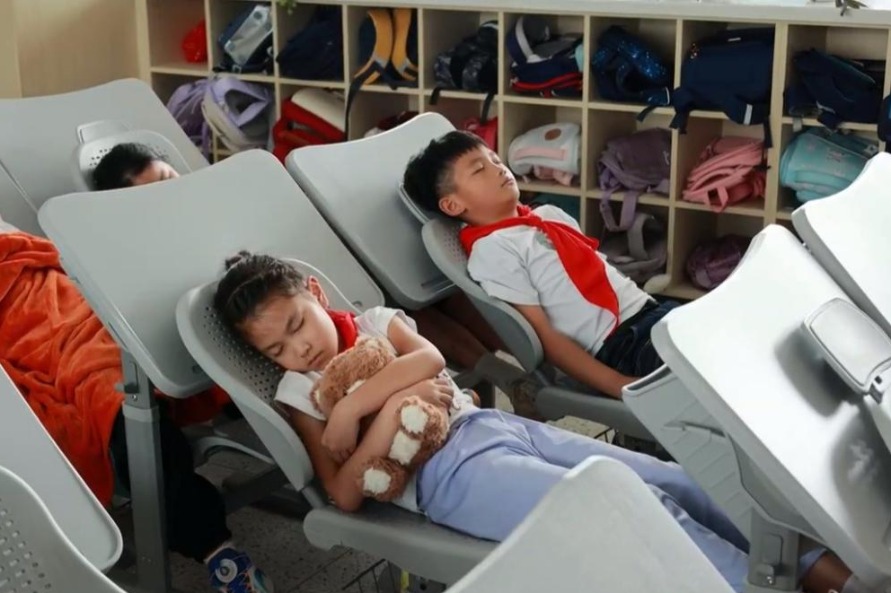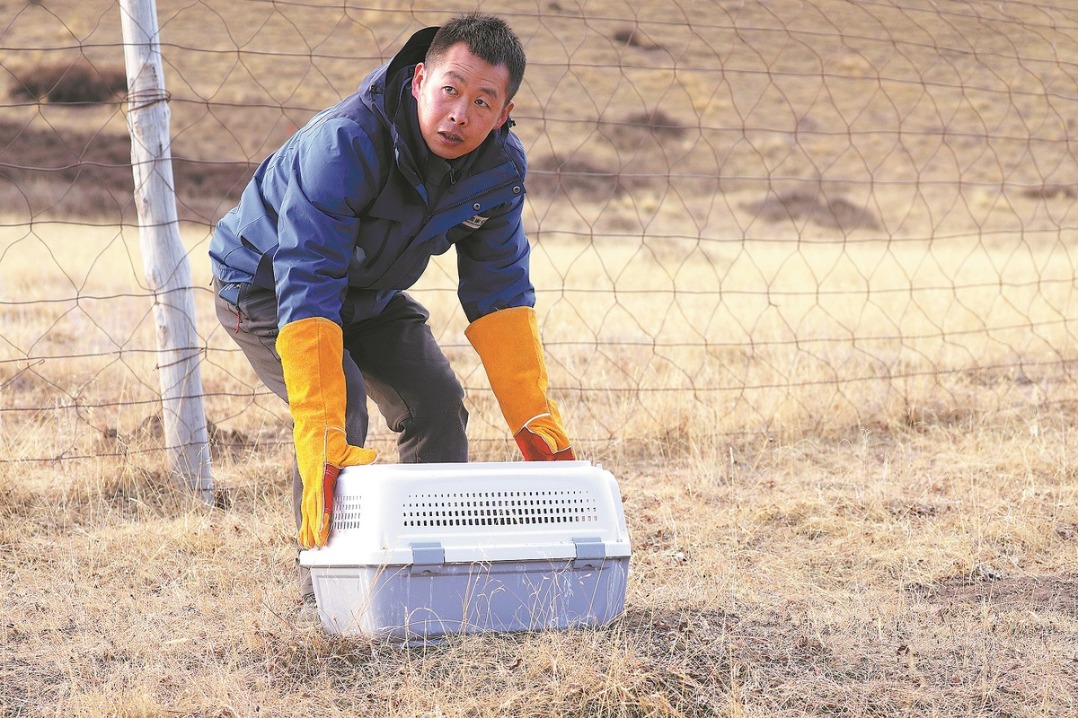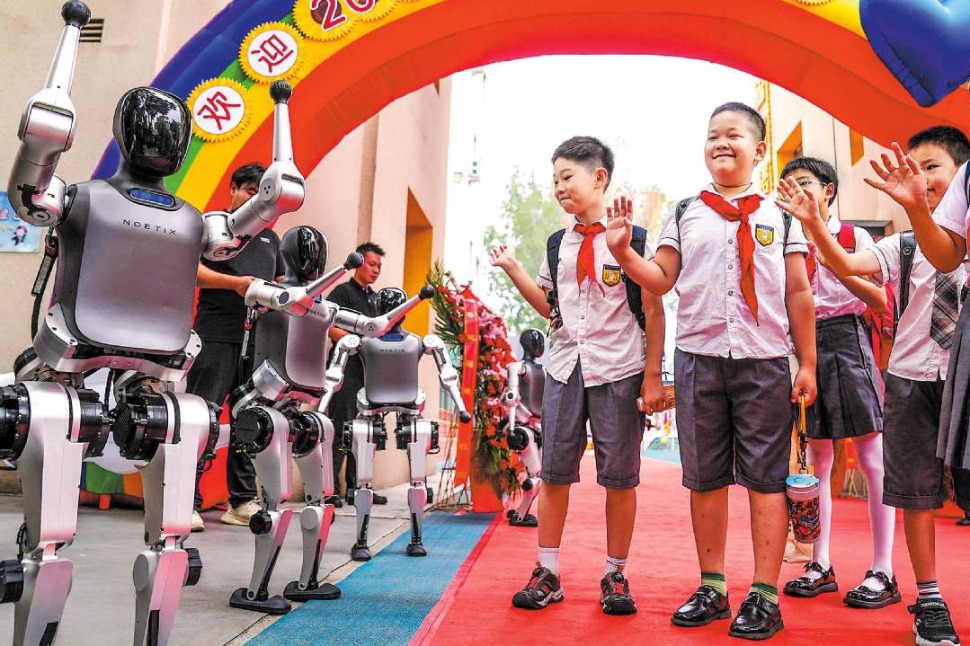International Lunar Research Station attracts more partners: CNSA

SHANGHAI -- A total of 17 countries and international organizations, as well as more than 50 international research institutions have joined the China-initiated International Lunar Research Station (ILRS), a senior official of the China National Space Administration (CNSA) said Wednesday at a conference held in Shanghai.
In current international lunar exploration, traditional spacefaring nations continue to carry out missions, emerging space nations are constantly joining in, and commercial spaceflight is flourishing, Bian Zhigang, deputy director of the CNSA, noted at the International Conference on Developers of the ILRS.
Lunar exploration activities are evolving from short-term missions to long-term construction, from single-craft exploration to multi-craft collaboration, and from national missions to international cooperation, Bian said. The modes of exploration and cooperation are undergoing fundamental changes, he added.
Bian stressed that the ILRS will offer new opportunities and platforms for fostering global intelligence integration, technological innovation, inclusive cooperation, and shared development.
Wu Weiren, the chief designer of China's lunar exploration program, said that the ILRS, which is a scientific experimental facility consisting of sections on the lunar surface and in lunar orbit, is projected to be built in two phases: a basic model to be built by 2035 in the lunar south pole region, and an extended model to be built in the 2040s.
Chang'e-7 and Chang'e-8 will become parts of the basic model.
The ILRS will possess capabilities such as Earth-Moon transportation, energy supply, centralized control, communication, navigation, lunar surface scientific exploration and ground support capabilities, Wu said.
It will conduct multidisciplinary, multiple-objective and comprehensive scientific and technological activities continuously, Wu added.
The ILRS integrates observation, exploration, scientific experiments and in-situ resource utilization into a single system. It will conduct large-scale, long-duration, multiple-point continuous and real-time synchronous observations, according to Wang Chi, director of the National Space Science Center of the Chinese Academy of Sciences (CAS) and a CAS academician.
The overall scientific objectives of the ILRS include lunar geology, lunar-based astronomical observation, space environment observation of the Sun-Earth-Moon system, lunar-based fundamental science experiments, and lunar in-situ resource utilization, Wang noted.
The CNSA has always adhered to the principles of equality, mutual benefits, the peaceful utilization of space, and win-win cooperation, Bian noted. It welcomes international partners to participate in various stages of the ILRS and at all levels of the mission. This will promote the use of space technology to benefit humanity and advance the building of a community with a shared future for humanity in the field of outer space, he said.
Amjad Ali, deputy director general and chairman secretariat of the Space and Upper Atmosphere Research Commission (SUPARCO) of Pakistan, said that the CNSA leads in inclusive space exploration, enabling emerging space nations like Pakistan to rise.
The upcoming Chang'e-8 mission will carry a 30-kilogram lunar rover developed by SUPARCO which will contribute to terrain mapping and regolith analysis, according to Ali.
He said that the ILRS, led by the CNSA, envisions the construction of a permanent lunar outpost by the 2030s. Pakistan's involvement offers opportunities in science, infrastructure and in-situ resource utilization.
"Our instruments will analyze regolith composition, test autonomous surface mobility and study lunar environmental conditions, contributing to global lunar science databases," Ali said.
"The CNSA-SUPARCO partnership strengthens intercultural dialogue, diplomacy and peaceful collaboration, proving that shared dreams can unite nations among the stars," he added.
More than 120 leaders of space agencies, as well as experts and scholars, from 13 countries, regions and international organizations attended the meeting.
- Hongqiao Intl CBD facilitating companies' global ambitions
- Global Public Security Cooperation Forum to be held in Lianyungang
- Huangyan Island National Nature Reserve gets official go-ahead
- A capable assistant in classroom -- Chinese educators embrace AI
- China rolls out homegrown 9-valent HPV vaccine
- New coal-to-gas pipeline project begins in Xinjiang





































